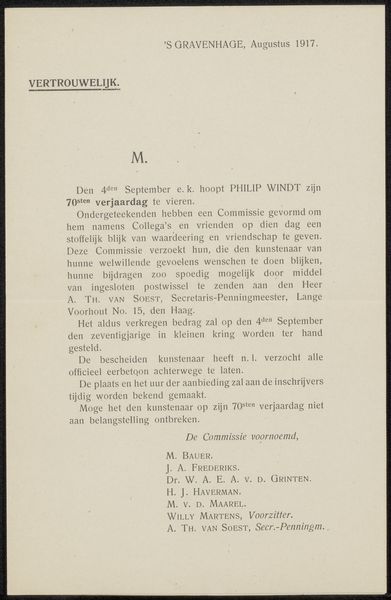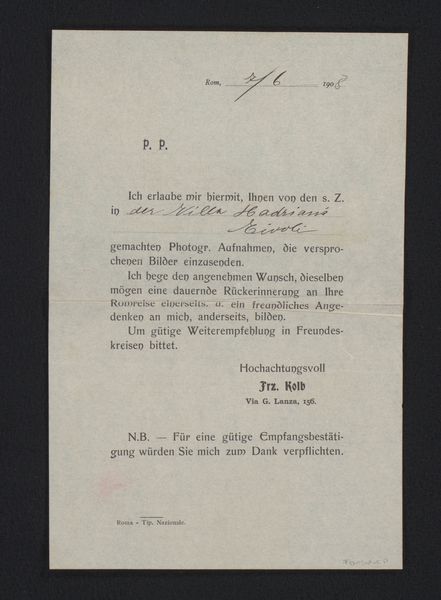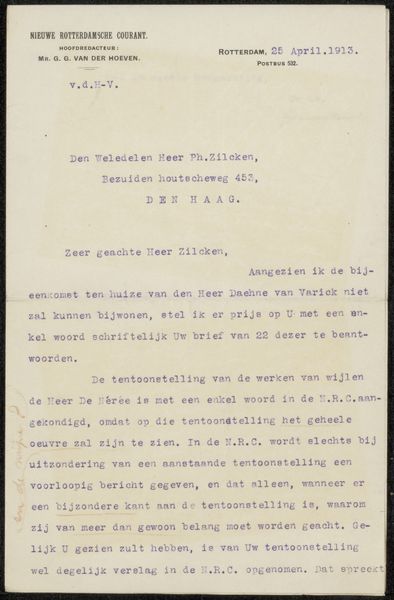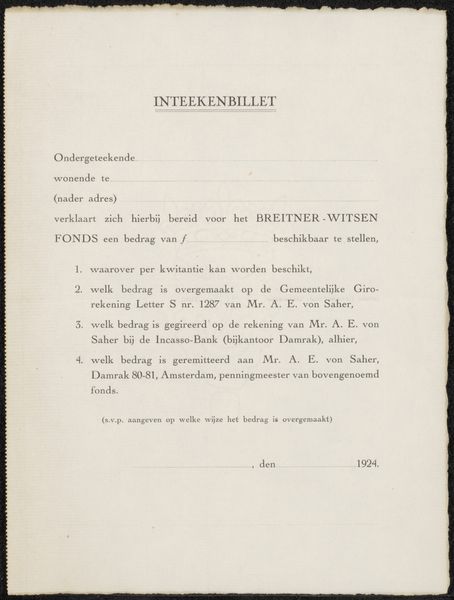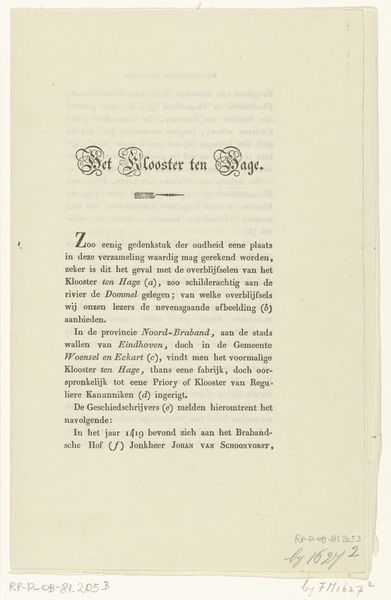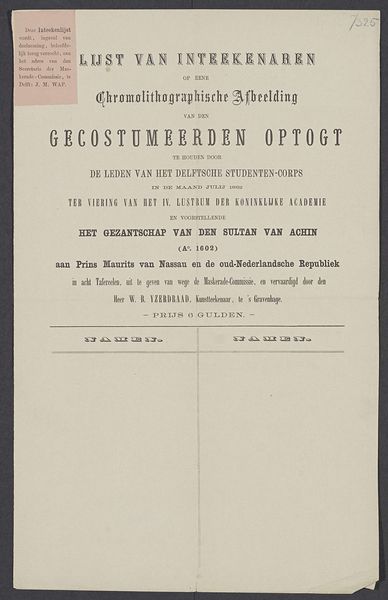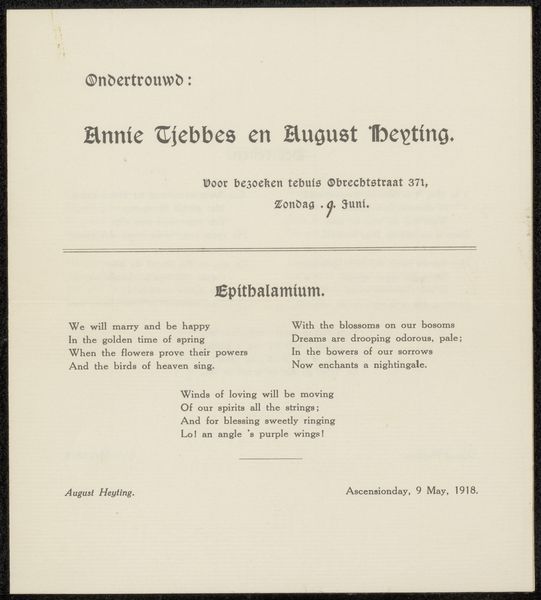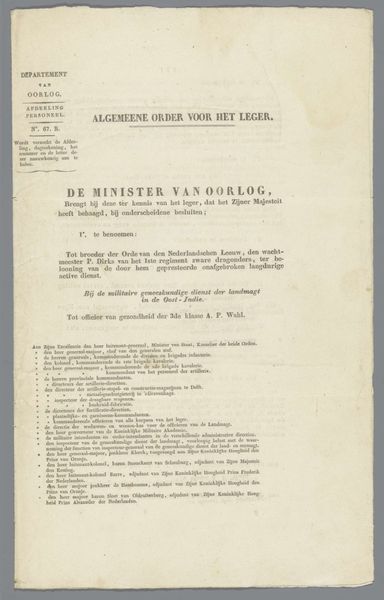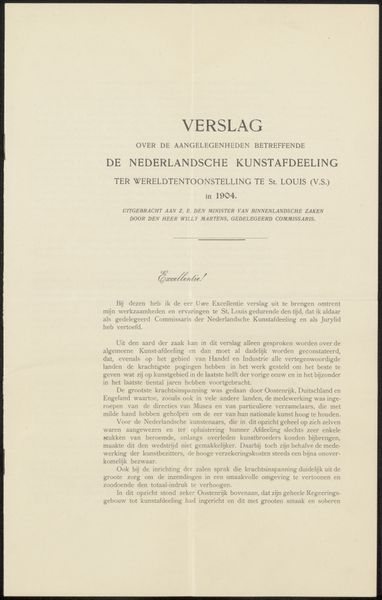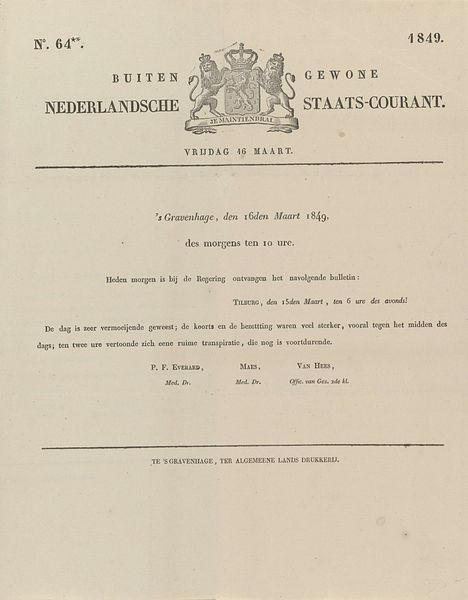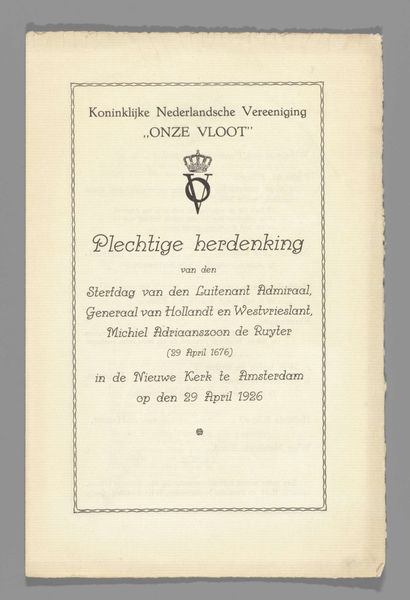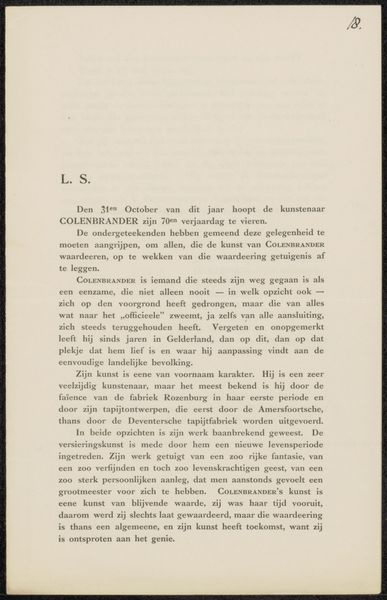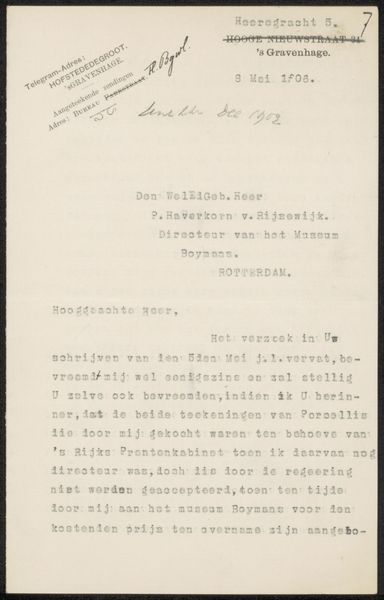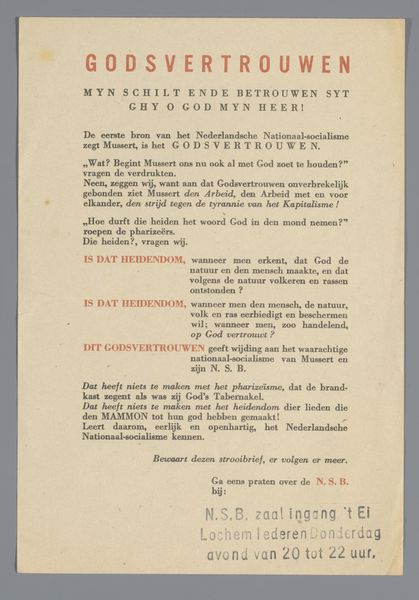
graphic-art, print, textile, typography, engraving
#
graphic-art
#
narrative-art
# print
#
textile
#
typography
#
history-painting
#
academic-art
#
engraving
Dimensions: height 205 mm, width 183 mm
Copyright: Rijks Museum: Open Domain
Pieter le Comte made this print in 1831. It provides an explanation of two images related to Jan van Speijk. These images, now lost, would have been important tools for shaping public opinion on the event. Speijk was a Dutch naval officer who blew up his own gunboat in 1831, killing himself and most of his crew, rather than surrender to Belgian rebels. In the context of the ongoing Belgian Revolution, Speijk was quickly turned into a national hero, embodying Dutch courage and resistance against secession. This print testifies to the institutional effort to memorialize Speijk. Its textual descriptions of the images suggests how the story was being framed for public consumption. The heroic narrative focused on loyalty, sacrifice, and national pride, helping to solidify Dutch identity during a period of upheaval. The print's existence points to the power of imagery and narrative in shaping national identity. To better understand its impact, historians would consult period newspapers, pamphlets, and other visual representations of Speijk, analyzing how his story was used to promote a particular vision of Dutch nationhood.
Comments
No comments
Be the first to comment and join the conversation on the ultimate creative platform.
